How to Use TMetric in Creative Marketing Agency
Ready to share the user experience on applying time tracking software in the marketing agency: the best practices cover a wide range of scenarios from adjusting to time zones to invoicing clients

How does it feel to work as a creative marketing agency director with a team that is scattered across different countries?
The director of a creative marketing agency told us how TMetric time tracker helps him organize work, track the time of his creative marketing agency team, and address issues when working with remote employees.
What challenges did you overcome when applying TMetric in your business?
✅We have team members in various time zones, so I must adjust to the time difference. Naturally, we apply lots of software to have an unbroken workflow.

Among the must-haves for our business, I would mention time tracking. We use TMetric because it is a time tracker that considers the time zone in calculations of work hours. It is a universal solution once you need to handle the remote team.
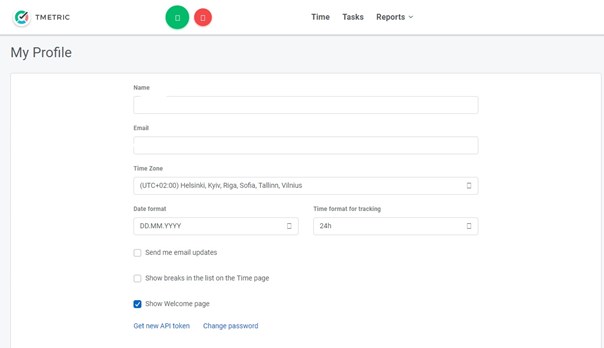
✅Tracking non-stop makes things much more transparent because it automatically prioritizes issues.
I must also mention that with TMetric, I can log in from any device, and I will have a fully accountable picture of what my team is currently busy with. This means that I can give prompt feedback about the project stage and report relevant information directly to the customer.
Using TMetric, I can plan my day and my team's day on the go. I can easily see what issues remain unsolved and include them in the to-do list; TMetric will do the rest (I mean time calculations and storing the data).
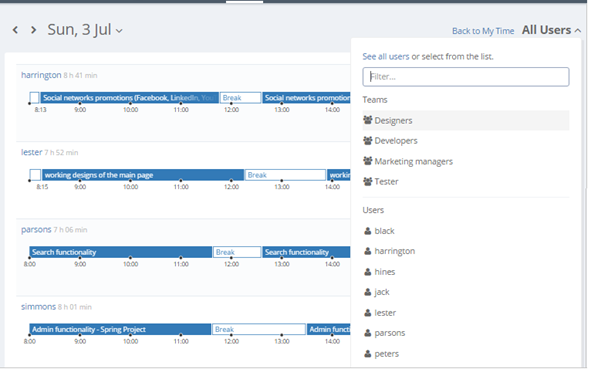
At what stages of project work do you use TMetric?
✅Actually, from the beginning, you create a project by giving it a name and optionally creating an avatar (this comes handy when you work on multiple projects to avoid mixing them up).
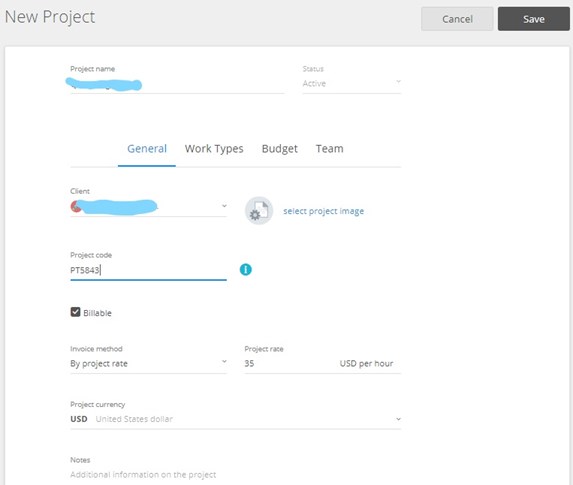
✅Once the project is launched, I add all the team members and assign the project to the client so that my team knows the deadlines and the details of the workflow. I set rates to my employees’ hours while TMetric makes calculations that would be easy to retract once we invoice the client.
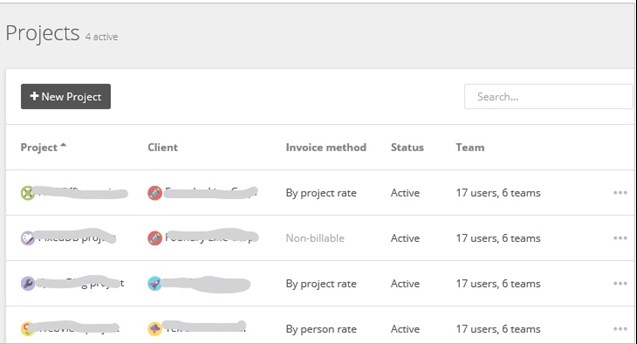
Is it possible to work on multiple projects when your team is out of immediate reach?
✅Yes, it is easy to handle. With TMetric, you store all the data concerning the specific project under the category of Project. The projects are labeled with certain codes and linked to the clients. The information on the budget can be incorporated as well, and it covers:
- weekly budgeting
- biweekly budgeting
- monthly budgeting.
You can choose among various budget calculation options (for example, set the hourly rate per person, cost rate per client, or cost rate per project). I mostly use the hourly rate option per person because it best fits our needs.
Additionally, you can activate the notification option to get an email if your budget spending exceeds certain limits.
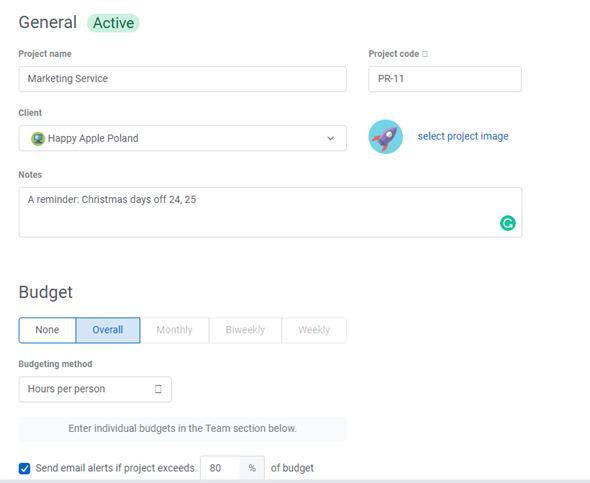
You mentioned that your team requires lots of software.
✅Yes, we cannot do without the project management system. We opted to use Jira. TMetric integrates with Jira in a click so we use TMetric as Jira time tracker.
It facilitates the process and creates a picture of full accountability. The task description can be edited because sometimes the workflow needs to be corrected. You can launch the timer on one task as many times as you decide to ‘brush it up’ until the project is complete. The time you allocate when working in Jira will sync with Tmetric and vice versa.
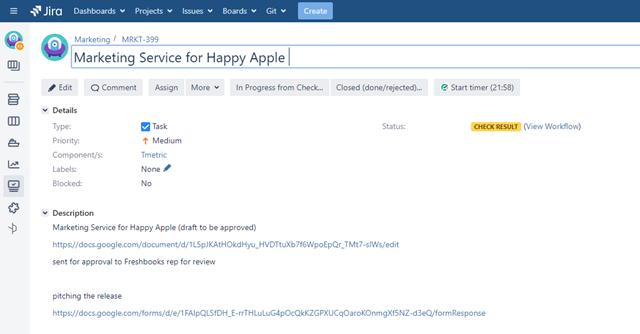
I understand how you monitor your employees’ time with a time tracker. But how do you monitor their performance?
✅You do not have to ask your employees every single time what task they are busy with and what time they would require to complete it. Everything is visible within a timeline, and the description boxes are under the timeline.
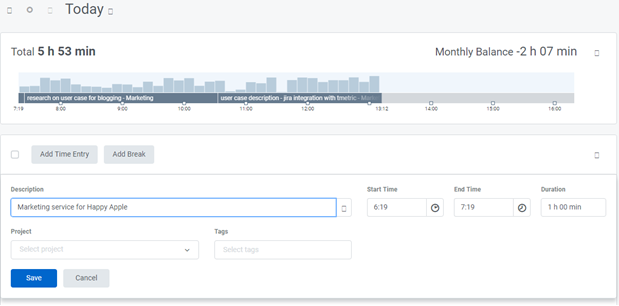
✅It is a matter of a click to get access to their performance and their activity (and it works both ways as you can do it either from time tracker timeline or from Jira board).
And one more thing… The team does not have to create new reports as reporting documentation is generated automatically. It contains all the information on the activity of the team members and their performance.
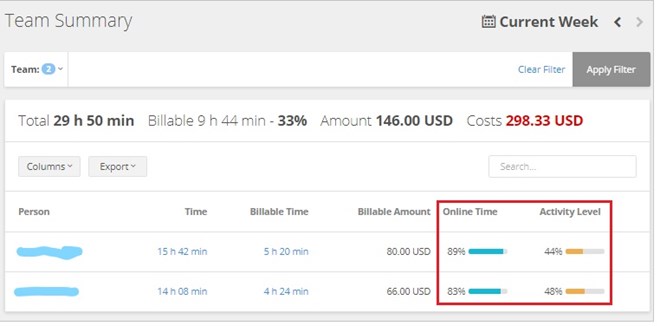
Could you tell about the procedure of invoicing your clients?
✅To create an invoice, choose this option in the menu of your time tracker. It will transfer all the relevant data, and in a few minutes, you will be ready to email it to the client.

How do you measure the profitability of your work?
✅I use the summary on projects as it wraps up all the information in my account. The report gives me a clear view of how much I spent in terms of time as well as payrolls, and how much I earned after the project completion.
It helps me understand which clients generate profit and identify which clients I must stop collaborating with. The reports are a valuable option because they show every team member’s performance. This allows you to adjust their salary according to their engagement and activity.
The bottom line
✅Imagine being stuck in a maze, constantly bumping into problems. That's what it used to be. Thanks to TMetric, things have changed!
We've gone from scrambling to fix every issue that pops up to actually coming up with smart plans to avoid them altogether. It's like finally finding the exit in the maze and stepping into the sunshine!


